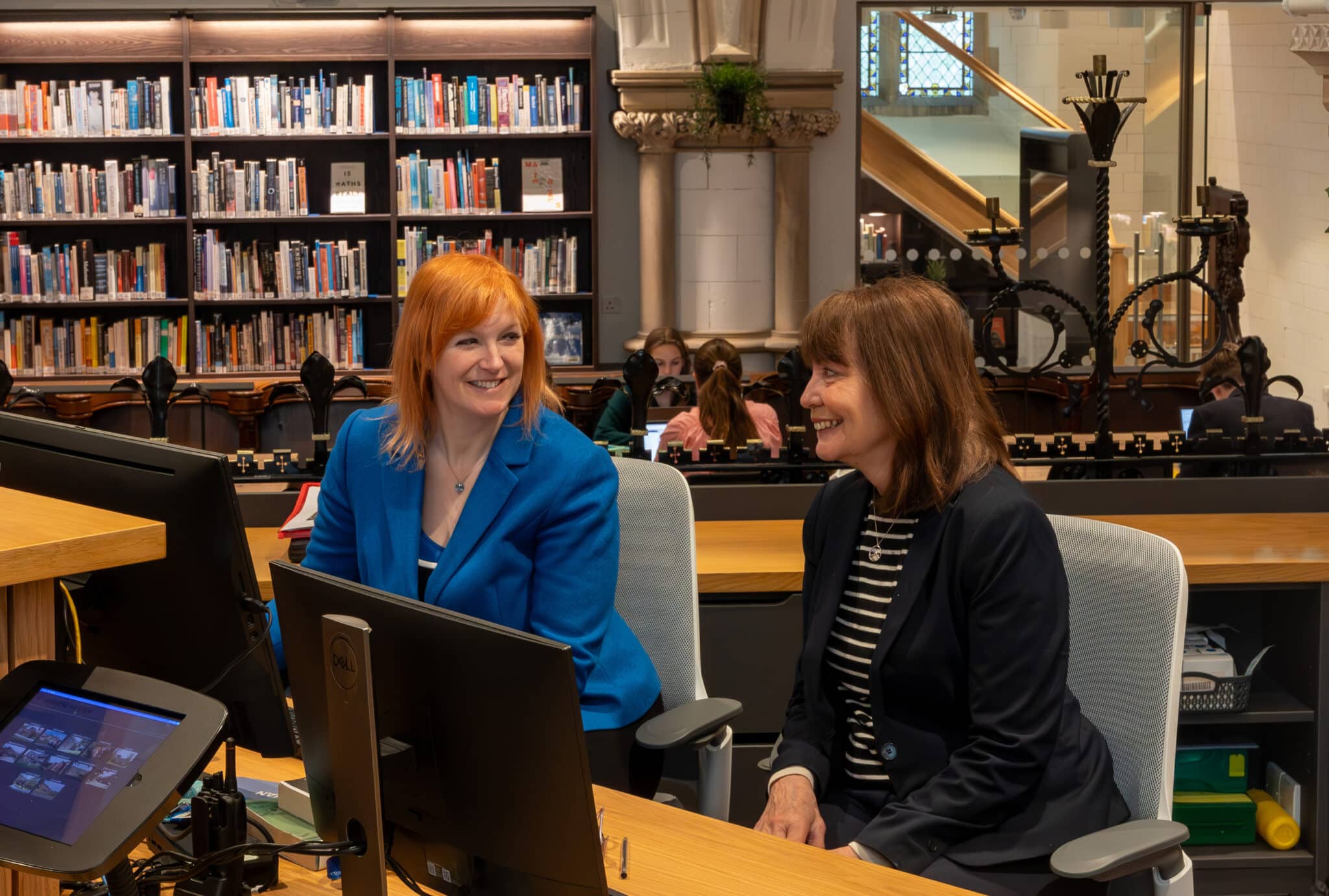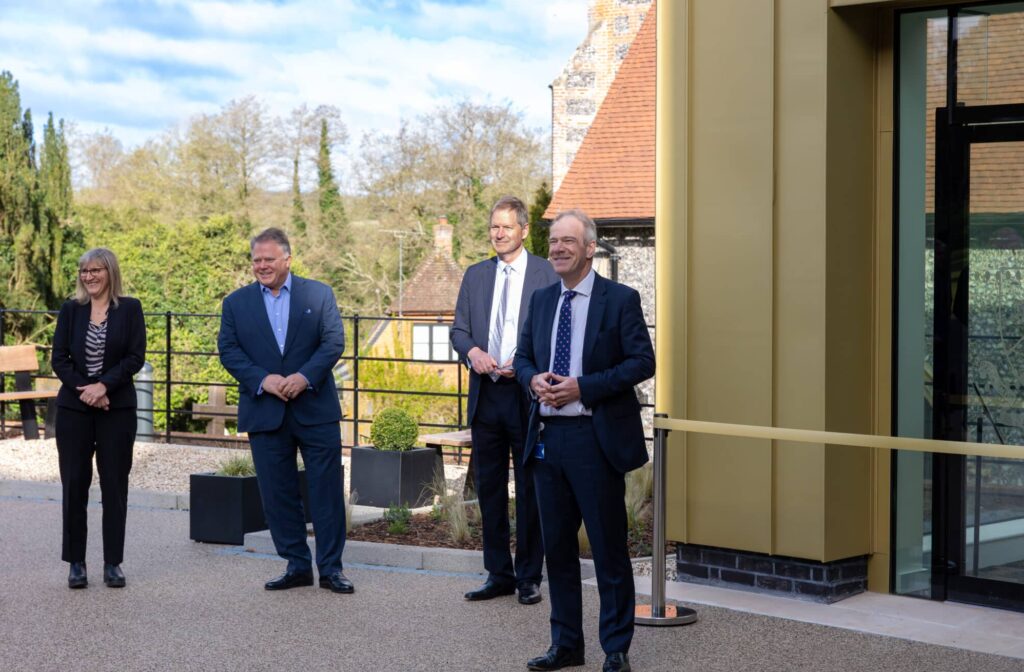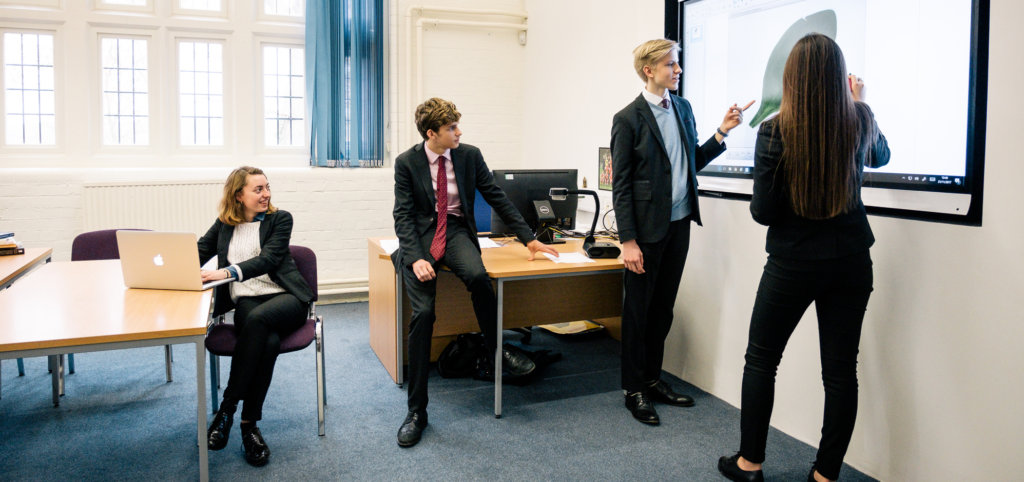Emily’s conviction to create this all-embracing learning experience comes from her mixed relationship with the facility. When she was at secondary school Emily explains that the library was run by a Classics master who she found terrifying. She never felt at ease, fearful of making a noise and dreaded using the building. Contrasting this experience with that of university, where she learned how to embrace the opportunities, she vowed to break the school library stereotype and be a different kind of librarian – or information professional.
Emily’s first role after receiving her Masters degree was running library inductions in a Further Education college for vocational courses, everything from mechanics to fashion design and music. The attendees were not perhaps your traditional library-going types but she wanted to find out how she could make the library relevant and accessible for them. So, she spent time talking to the various groups of students to find out what they were interested in and what they needed and developed a concept of what ‘library support’ looked like for them. She quickly realised that people did not just come to a library for the information on the shelves, they came to meet up with their friends and fellow coursemates, and they came to share ideas, do projects and make plans.






